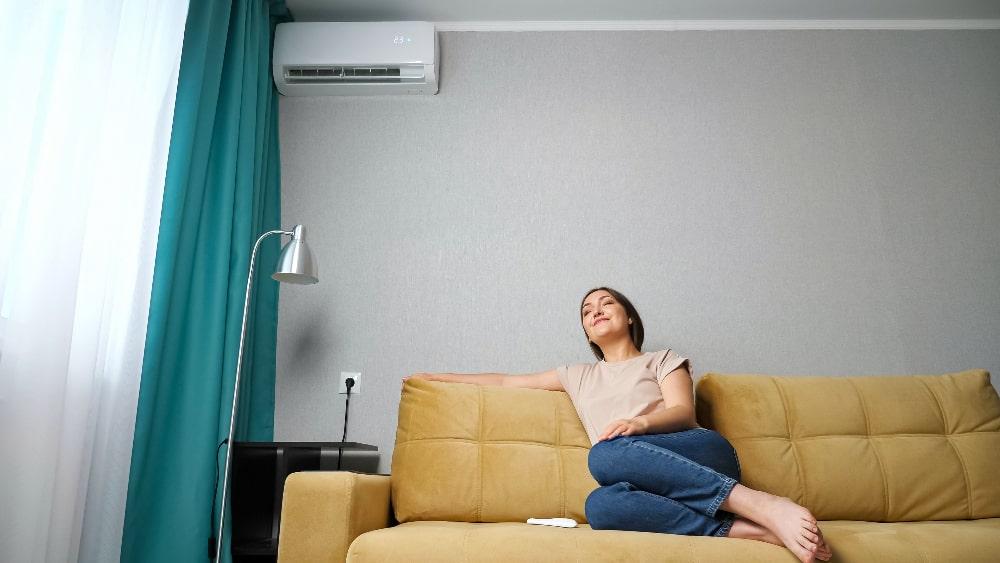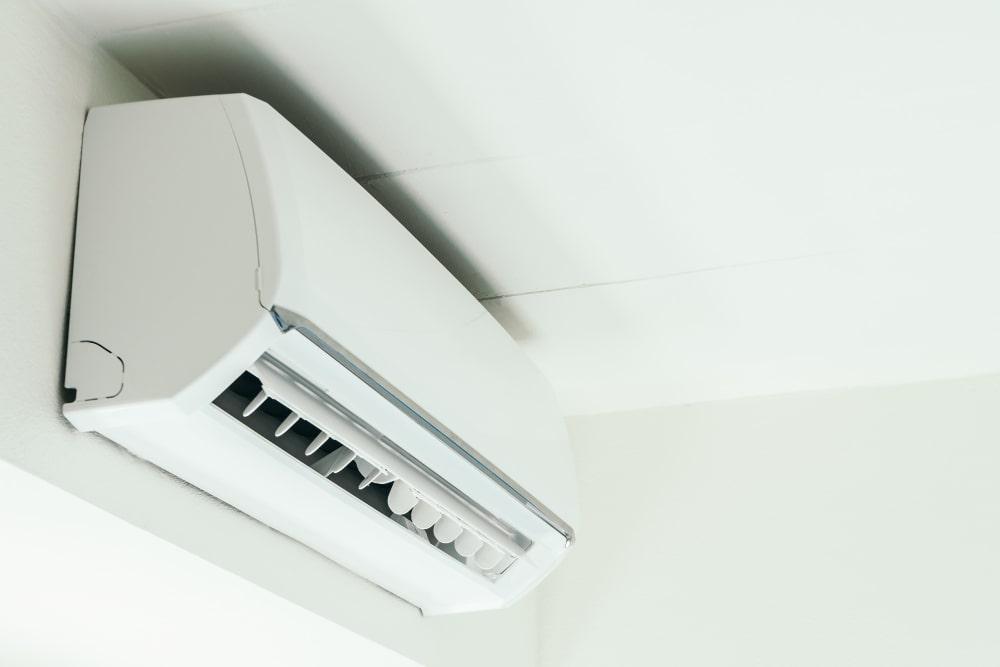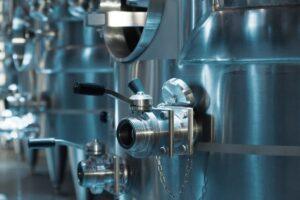
As temperatures rise, indoor conditioning becomes more of a necessity when trying to stay cool in your house or workplace. While air conditioners provide much-needed relief from the heat, they can equally account for a big share of your energy bill. So, finding the right balance between staying cool and conserving energy is key to a comfortable yet cost-effective pursuit. Among the easiest and most effective ways to enhance energy efficiency is by adjusting the temperature settings on your air conditioner.
The AC temperature can have a substantial impact on your energy consumption. You may want to turn the AC way down when it is hot outside, but that will increase the amount of energy used and jack up the cost. Conversely, setting the temperature too high may make your home uncomfortable; this would also force your AC to work harder to cool the space.
In this article, we will explore the best temp for AC, considering both energy efficiency and personal comfort. We will also provide tips on how to optimize your cooling system to help reduce energy consumption, save money, and contribute to a more sustainable home or office environment.

The Best AC Temperature for Energy Efficiency
When it comes to setting your air conditioner for both comfort and energy efficiency, the sweet spot is usually between 75°F and 78°F (24°C to 26°C). This range strikes a balance between keeping your indoor space cool enough to stay comfortable and avoiding overworking your AC system, which can drive up energy consumption.
Why 75°F–78°F Is Ideal for Energy Efficiency?
- Lower energy use: Air conditioners consume much lower energy on a setting of 75°–78°F. At such a temperature range, the energy efficient AC has to struggle less to cool the air, hence putting less pressure on the system and lowering energy consumption in general. For every degree you raise the thermostat setting for winter above 72°F, cooling costs can be up to 10% lower, so keeping it at 75°F or 78°F can make a big difference in your energy bill.
- Comfortable indoor conditions: Although it may seem that you have to lower the temperature to stay comfortable when it is extremely hot outside, this normal AC temperature range of 75°F–78°F makes the environment cool enough for most people to stay comfortable without getting too cold. In addition, humidity levels, which at times may just feel as important as the AC temperature range for comfort, can also be better controlled at these temperatures, thus creating a more pleasant atmosphere.
- Prevents overcooling: Setting the temperature any lower, such as to 70°F (21°C) or lower, can lead to excessive cooling that wastes energy. Not only does this drive up costs, but it can also make the air feel too dry, uncomfortable, or artificially cold. By sticking to the 75°F–78°F range, you keep the space at a comfortable coolness without going overboard.
- Sustainable and eco-friendly: From an ecological point of view, setting your AC within this range contributes to a reduction in carbon emissions, which is good for your wallet and the planet. Using less energy means lesser greenhouse gas emissions, thus being in line with sustainability objectives while keeping your home cool during hot weather.
On balance, comfort and energy efficiency come into play when AC temperature ranges between 75°F to 78°F. This AC temperature setting greatly reduces energy consumption while allowing one to be comfortable and save a penny in the process.
Tips for Optimizing AC Efficiency
Achieving optimal energy efficiency with your air conditioner doesn’t just lie in the setting of the right temperature. There are many other tricks you can employ to improve your efficiency, cut down costs, and increase the overall life of your cooling. Below are some actionable actions that will make your AC the most efficient air conditioner improve the performance of AC and ensure that you leverage your system to its fullest extent. Some of the actionable steps below include:
Employ Programmable and Smart Thermostats
One of the best ways you can optimize your AC’s efficiency is through a programmable or smart thermostat. These allow you to set times of day for specific temperatures, ensuring that the air conditioner operates only when needed.
For example, using AC temperature control, you can program the thermostat to raise the temperature when you are not home and cool the house back down just before you return. Smart thermostats will also automatically change the settings based on your behavior and habits to help lower energy use without giving up comfort. Many of these thermostats now come with Wi-Fi capabilities, allowing you to control them remotely with your smartphone for further convenience. So, you can save money with an AC temp schedule.
Regular Maintenance
Regular maintenance will help your air conditioner to serve at ultimate efficiency. With time, dust and other particles may collect in your system, hindering the flow of air, and hence forcing the AC to work harder in cooling your space. Changing or cleaning air filters, checking refrigerant levels, and ensuring that the coils and ducts are clear will go a long way in improving the performance of your system. Moreover, scheduling annual professional tune-ups can help in fixing potential issues before they result in costly repairs.

Ancillary Cooling Techniques: Fans and Shading
But aside from your air conditioner from different manufacturers, there are other ways to cool your place. Ceiling or box fans will help distribute cool air around your space more evenly and reduce your need for AC. By using fans in conjunction with your air conditioner, you allow the air to feel cooler without having to lower the temperature, hence saving energy.
Another effective but simple method of easing the load on your air conditioner is by using shading. You can lower the curtains or blinds during the hottest time of the day to block the direct sunlight from coming into your home and heating it up so fast. Outdoor shading, such as using awnings, planting trees, or installing window films, reduces heat absorption and keeps your living space cool, thereby easing the workload for your AC.
Use Zoning Systems for Targeted Cooling
A zoning system will save energy because it only cools the area of your house that needs cooling, instead of the entire house. That is to say, your home will be divided into “zones” and there will be a different thermostat and dampers in the ducts that control airflow to each one. You can set different temperatures in each zone depending on use or occupation.
You might want your bedroom cool at night, but in the living room, it can be set higher at a different time of day. Generally speaking, zoning systems are quite useful for larger homes or spaces with unequal cooling needs; they save energy from going to waste while enhancing comfort.
Seal Leaks and Insulate Your Home
Proper insulation in a house will go a long way in ensuring your air conditioner works most efficiently. Seal all air leaks around windows, doors, and ducts. Sealing these openings will help to prevent cool air from escaping and hot air from streaming in.
Cracks in windows and doors can account for up to one-quarter of the total conditioned air loss that makes your AC struggle to sustain a particular temperature. Adding insulation in your attic, walls, and floors is a great way to maintain consistent indoor air and reduce the load on your air conditioning.
Upgrade to Energy-Efficient Models
If your air conditioner is old or outdated, then it may be using much more energy than necessary. An upgrade to a high-efficiency AC unit rated higher in SEER would be of great help in reducing energy use and increasing cooling costs.
New models are designed with improved technology to provide better performance in cooling while using less energy. If you are unsure about upgrading, consider consulting a professional HVAC technician to evaluate the efficiency of your current system. So, you can use the air conditioner temp button to save your money.
Optimal Indoor Conditions with AMED-US
In other words, 75°F to 78°F is the sweet spot that balances both comfort and energy efficiency when running your air conditioner. Hitting this range with your thermostat guarantees the house will be cool enough for comfort, yet it will not consume too much energy. This minor adjustment can drastically cut your cooling costs and help your AC system run more effectively.
Beyond the correct temperature setting, you can further optimize your system’s performance by using programmable or smart thermostats, scheduling regular maintenance, and supplementing your cooling with fans and shading. General industry zoning systems let you direct cooling only to areas that need it most. Sealing leaks, adding insulation, and upgrading to energy-efficient models are other ways to boost your home’s cooling efficiency.
Putting these together will give you a cool, comfortable indoor environment while saving energy costs. Whether it is reducing utility bills or contributing to a more sustainable lifestyle, the following actionable tips will get you both. Take the time to adjust your settings and make small improvements to your cooling system, and you will be on your way to a more energy-efficient, comfortable home.
Contact AMED-US if you need any advice!










